 Facebook
Facebook
 X
X
 Instagram
Instagram
 TikTok
TikTok
 Youtube
Youtube
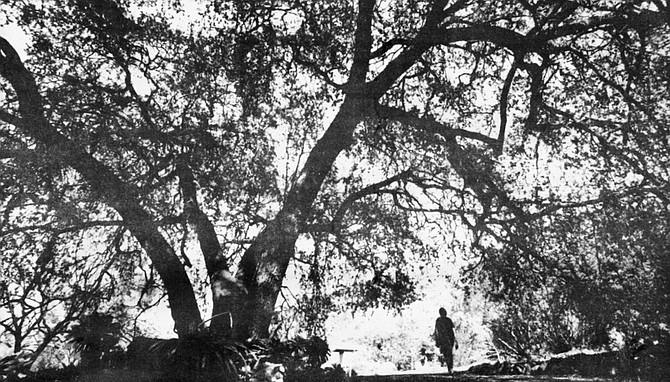
Ryan noted that she has also planted Engelmann oaks at Guajome County Park in Oceanside and at Felicita County Park just west of Escondido, at the Wild Animal Park, the Palomar College arboretum, and at an Escondido city park next to Lake Dixon. “In the future, these trees are going to be water savers,” she said of the drought-tolerant Engelmanns. “But they’re also rare and historic trees. It’s my duty to do all I can.”
By Gordon Smith, Feb. 27,1986 | Read full article
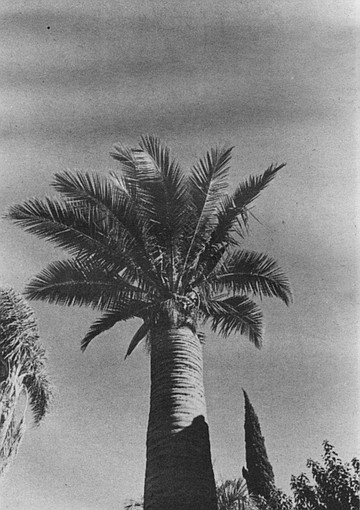
The Pindo Palm’s fruit tastes something like pineapple, and can be made into jelly. You should be cautious with this palm, though, as its leaves have stout spines down where the fruit is. In compensation, the palm is nice to look at….
The Mexican Blue Palm. Most persons who have been to Baja California and who have left their motel room in the daytime will recognize this palm. Better than advertised, its fronds are a nice, silvery blue.
By Robert Paul, Sept. 1, 1977 | Read full article

One local botanist has called cattle “the most destructive creature on the planet right now.” Another botanist, Mitch Beauchamp, author of A Flora of San Diego County, says, “Grazing cattle on Laguna Meadow is insane. In a general way, there are at least three problems with grazing: First, do we really need all that beef? Second, why is the government subsidizing it? And the third problem is all the damage it’s doing [to sensitive plants].”
By Steve Sorensen, Aug 25, 1988 | Read full article
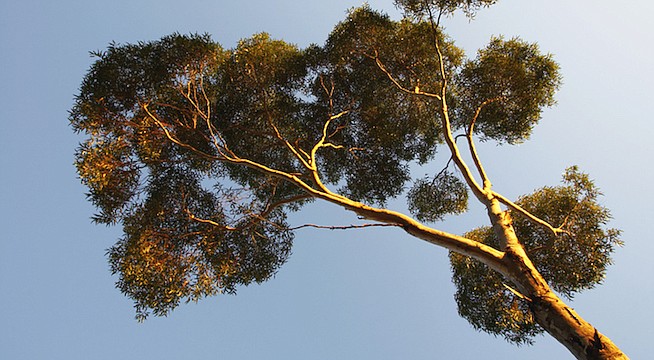
The eucalyptus tree and its history are not so different from the human influx into the area. Everywhere from El Cajon and La Jolla to Scripps Ranch and South Bay, up to Hollywood and Santa Barbara, is a transplanted culture founded on the principle of make-believe that has little (if anything) to do with what was originally here. Eucalyptus — fast-growing, ethereal, fragrant, foreign — is the perfect arboreal symbol of the entire process.
By Roger Anderson, Dec. 14, 1989 | Read full article
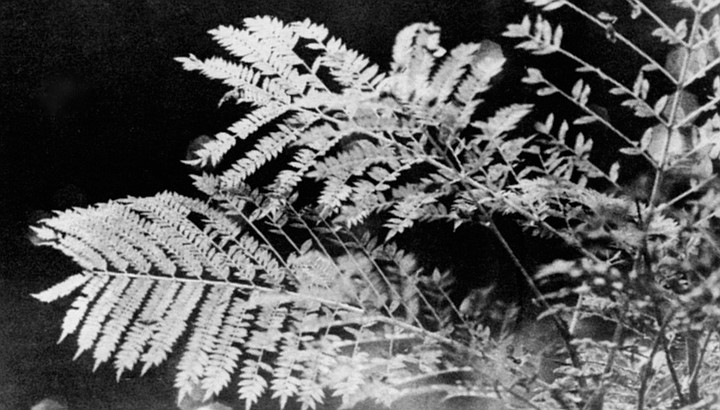
We approached a tall, overarching jacaranda tree. Coburn pulled a branch toward us. “If you look at this and don’t look closely, you think, Ah. this is just pretty lacy foliage. But look at it more carefully, you see brown, tiny leaflets."
I did. Dry little leaves. They were brittle. I saw that these same leaves were drifting down onto dirt beneath the tree. I felt something in my hair. It was a leaflet from the jacaranda.
By Judith Moore, Oct. 11, 1990 | Read full article
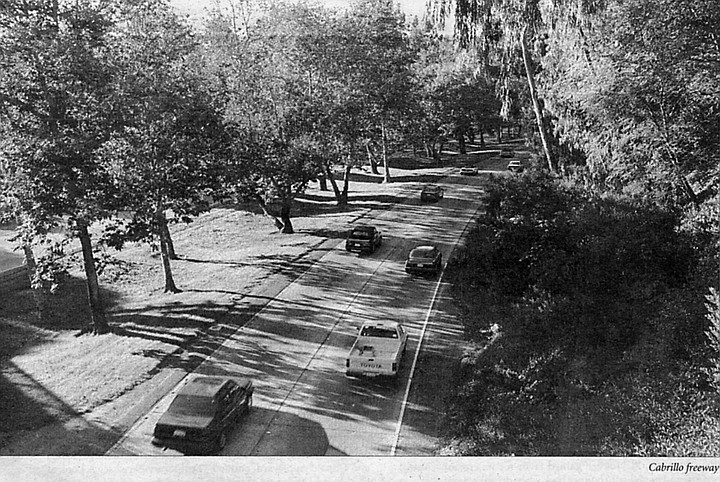
If there's a single plant that'll send me over the edge, it's oleander. Come down the grade on I-15 from Escondido to North County Fair, and they form a flowering wall between the northbound and southbound lanes. Drive down San Diego Avenue or walk through the state park, and you'll see them turned into flowering trees. There's an impressive group along the eastern shoulder of 805 north, from Balboa up to 52.
By Allen Petersen, August 10, 1995 | Read full article


Ryan noted that she has also planted Engelmann oaks at Guajome County Park in Oceanside and at Felicita County Park just west of Escondido, at the Wild Animal Park, the Palomar College arboretum, and at an Escondido city park next to Lake Dixon. “In the future, these trees are going to be water savers,” she said of the drought-tolerant Engelmanns. “But they’re also rare and historic trees. It’s my duty to do all I can.”
By Gordon Smith, Feb. 27,1986 | Read full article

The Pindo Palm’s fruit tastes something like pineapple, and can be made into jelly. You should be cautious with this palm, though, as its leaves have stout spines down where the fruit is. In compensation, the palm is nice to look at….
The Mexican Blue Palm. Most persons who have been to Baja California and who have left their motel room in the daytime will recognize this palm. Better than advertised, its fronds are a nice, silvery blue.
By Robert Paul, Sept. 1, 1977 | Read full article

One local botanist has called cattle “the most destructive creature on the planet right now.” Another botanist, Mitch Beauchamp, author of A Flora of San Diego County, says, “Grazing cattle on Laguna Meadow is insane. In a general way, there are at least three problems with grazing: First, do we really need all that beef? Second, why is the government subsidizing it? And the third problem is all the damage it’s doing [to sensitive plants].”
By Steve Sorensen, Aug 25, 1988 | Read full article

The eucalyptus tree and its history are not so different from the human influx into the area. Everywhere from El Cajon and La Jolla to Scripps Ranch and South Bay, up to Hollywood and Santa Barbara, is a transplanted culture founded on the principle of make-believe that has little (if anything) to do with what was originally here. Eucalyptus — fast-growing, ethereal, fragrant, foreign — is the perfect arboreal symbol of the entire process.
By Roger Anderson, Dec. 14, 1989 | Read full article

We approached a tall, overarching jacaranda tree. Coburn pulled a branch toward us. “If you look at this and don’t look closely, you think, Ah. this is just pretty lacy foliage. But look at it more carefully, you see brown, tiny leaflets."
I did. Dry little leaves. They were brittle. I saw that these same leaves were drifting down onto dirt beneath the tree. I felt something in my hair. It was a leaflet from the jacaranda.
By Judith Moore, Oct. 11, 1990 | Read full article

If there's a single plant that'll send me over the edge, it's oleander. Come down the grade on I-15 from Escondido to North County Fair, and they form a flowering wall between the northbound and southbound lanes. Drive down San Diego Avenue or walk through the state park, and you'll see them turned into flowering trees. There's an impressive group along the eastern shoulder of 805 north, from Balboa up to 52.
By Allen Petersen, August 10, 1995 | Read full article
Comments